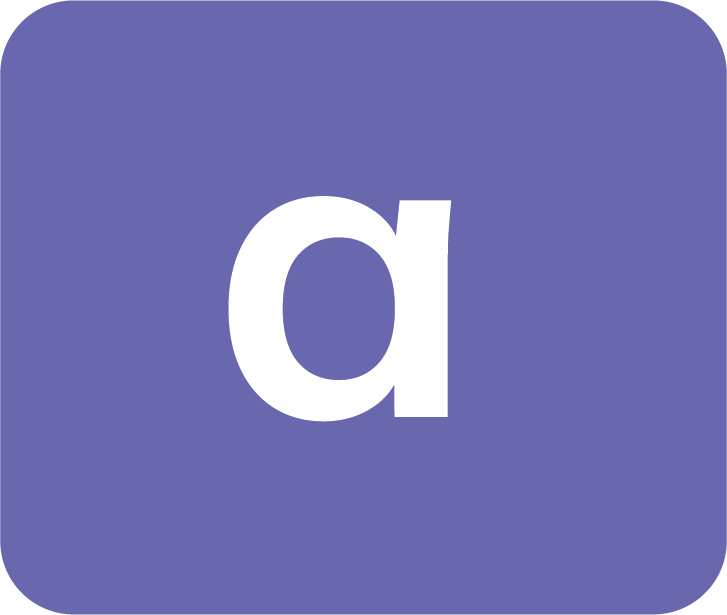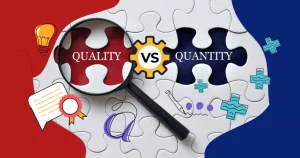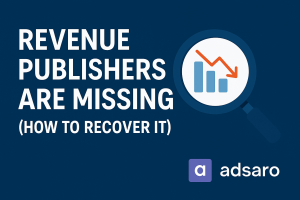In the fast-paced world of digital advertising, privacy compliance has become essential—it directly impacts how ads are delivered, tracked, and monetized. As users demand greater transparency over their data usage, regulations like GDPR and CCPA impose strict rules on data collection and consent. This is where consent strings and privacy frameworks play a critical role.
Whether you manage ad inventory as a publisher or plan campaigns as an advertiser, understanding how consent strings work—and how privacy frameworks govern them—is critical for staying compliant, ethical, and competitive.
In this guide, we break down the concepts, tools, and best practices you need to know in 2025.
What Are Consent Strings?
Consent strings are compact digital codes that communicate a user’s privacy preferences across the digital advertising ecosystem. They are generated by Consent Management Platforms (CMPs) when users interact with cookie banners or privacy popups on a site or app.
These strings carry key information, such as:
- Whether the user has given consent
- What types of data collection are allowed (e.g., personalized ads, analytics)
- Which vendors are permitted to use this data
Every time an ad request is sent to an ad server, DSP, or SSP, the consent string is attached to signal the legal status of that user’s data.
What Are Privacy Frameworks?
Privacy frameworks are standardized sets of rules and protocols designed to manage and enforce user consent and data handling practices.
They help ensure that all participants in the ad tech chain interpret and act on user preferences the same way. Some of the most widely used frameworks include:
1. IAB’s Transparency and Consent Framework (TCF 2.2)
Used widely across Europe, this framework supports GDPR compliance by offering detailed user choices and structured consent signals. It defines how consent strings should be formatted and shared between CMPs, publishers, and vendors.
2. Global Privacy Platform (GPP)
An evolution of TCF that unifies multiple privacy signals (GDPR, CCPA, etc.) into one structure. It enables international publishers to operate with a single framework across regions.
3. CCPA/CPRA Frameworks
Though less reliant on explicit consent, U.S. frameworks require companies to honor “Do Not Sell or Share” preferences. A version of a consent string or opt-out signal can also convey these.
In essence, privacy frameworks create the structure, while consent strings carry the user’s choices within that structure.
Why Consent Strings Matter for GDPR Compliance
Under GDPR, companies must prove that they obtained valid, informed, and explicit consent before collecting or processing personal data. Consent strings provide this proof in real-time during ad delivery.
Failing to use valid consent signals can:
- Block access to personalized ads
- Violate advertising regulations
- Result in heavy fines or blacklisting by demand platforms
Consent strings also help build user trust by making data handling more transparent and controllable.
How Are Consent Strings Used in Programmatic Ads?
Here’s a simple breakdown of how consent strings operate in real-time:
- User visits a site and interacts with a CMP (e.g., accepts cookies).
- CMP generates a consent string based on that input.
- The system stores the consent string in cookies or local storage.
- During ad bidding, it sends the string to SSPs and DSPs.
- Vendors read the string to determine which targeting they can use.
This process ensures that the system serves every impression in compliance with privacy frameworks, without disrupting the flow of real-time bidding (RTB).
Challenges in Managing Consent Strings
Despite their importance, companies don’t always handle consent strings perfectly. Common issues include:
- CMP misconfigurations causing incomplete strings
- Conflicting vendor interpretations of string data
- Lack of user clarity leading to invalid consent
- Global legal differences requiring multiple consent flows
To avoid these pitfalls, consistent testing and vendor coordination are essential.
Best Practices for Publishers & Advertisers
To use consent strings and privacy frameworks effectively:
- Use a trusted CMP that’s compliant with TCF 2.2 and/or GPP
- Ensure your CMP works seamlessly across all devices and browsers
- Regularly audit your consent flows and vendor lists
- Keep logs of user consent history for regulatory review
- Stay updated with evolving laws and adapt your privacy setup accordingly
These practices improve compliance, safeguard monetization, and enhance user trust.
Conclusion
In today’s privacy-driven advertising world, consent strings and privacy frameworks play a crucial role in ensuring legal compliance and building trust. They help publishers and advertisers align with regulations like GDPR and CCPA, while respecting user choices and maintaining data transparency.
By integrating these tools properly, you not only avoid regulatory risks but also create a more ethical, user-respecting ad experience. Staying updated and compliant is no longer optional—it’s a smart, long-term strategy for sustainable growth.








Leave a Reply